Keeping your pool water clean and safe is a big part of pool ownership. When your pool water starts to look cloudy or has a strong smell, it might be time for a shock treatment. Shocking your pool is a simple process that helps kill bacteria and clear up the water.
To shock a pool, you’ll need to test your water, calculate the right amount of shock and add it to the pool with the pump running. This process helps bring your chlorine levels back to where they should be and gets rid of things that make your water look and smell bad.
You don’t need to be a pool expert to learn how to shock your pool properly. With the right steps and safety gear, you can handle this important pool maintenance task on your own. Let’s look at how you can shock the pool effectively to keep it crystal clear and ready for swimming all season long.
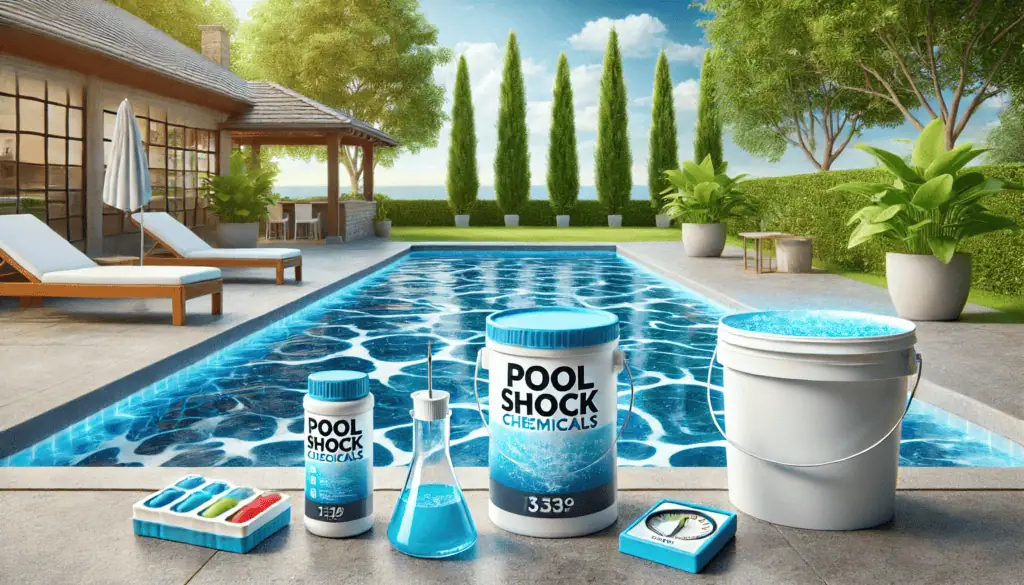
Table of Contents
- Understanding Pool Shocking
- Before You Shock the Pool: Pool Testing and Preparation
- Shock a Swimming Pool Step by Step
- After Shocking: What’s Next?
- Tips for Specific Pool Types
- Frequently Asked Questions
Understanding Pool Shocking
Pool shocking is a vital maintenance process that helps keep your swimming water clean, clear, and safe. The process involves adding a large dose of chemicals to quickly raise the free chlorine in your pool, which eliminates contaminants and harmful bacteria.
Why Shock A Pool?
Shocking a pool serves several important purposes. First, it eliminates bacteria and algae that regular chlorine levels might miss. When swimmers use your pool, they introduce contaminants like sweat, oils, and cosmetics that combine with chlorine to form chloramines. These chloramines cause that strong “pool smell” and can irritate eyes and skin.
Regular shocking breaks down these combined chlorine molecules, freeing up chlorine to do its job properly. It also prevents algae growth, which can turn your pool green and slippery.
If your water looks cloudy or has a strong chlorine smell, these are signs you need to shock. Ironically, that strong “chlorine” odor actually indicates you need more chlorine, not less!
Types of Pool Shock
There are several types of pool shock available to you as a pool owner:
| Shock Type | Description | Benefits | Considerations |
|---|---|---|---|
| Calcium Hypochlorite (Cal-Hypo) | Most common, 65-75% available chlorine | Most affordable, works fast | Adds calcium to water |
| Lithium Hypochlorite | 35% available chlorine | Dissolves quickly, doesn’t add calcium | More expensive |
| Sodium Dichlor (Dichlor Shock) | Stabilized shock with cyanuric acid | Protects chlorine from UV rays, ideal for outdoor pools | Contains stabilizer |
| Non-Chlorine Shock | Uses potassium monopersulfate | Allows swimming sooner, oxidizes contaminants | Doesn’t raise chlorine levels |
Your choice depends on your specific pool needs and water chemistry.
When Is the Best Time to Shock?
The best time to shock your pool is during the evening or night. Sunlight degrades chlorine quickly, so shocking after sunset allows the chemicals to work efficiently throughout the night.
You should shock the pool:
- Every 1-2 weeks during swimming season
- After heavy rain or storms
- Following intense pool use (parties, etc.)
- When opening your pool
- Before closing for the season
- When water clarity diminishes
- If algae begins to appear
Regular shocking maintains proper chemical balance and prevents problems before they start. During hot summer months, you might need to shock more frequently as heat and sunlight deplete chlorine faster.
Safety Tips Before You Start
Safety should be your top priority when handling pool chemicals. Consider wearing protective gear.
Never mix different pool chemicals together as this can create dangerous gases. Always add chemicals to water, not water to chemicals.
Make sure your pool area is well-ventilated during the shocking process. Keep pets and children away from the pool during and immediately after shocking.
Wait at least 8-12 hours after shocking before swimming again. Test your water to ensure the level of free chlorine is below 3 ppm before allowing anyone to swim.
Before You Shock the Pool: Pool Testing and Preparation

Proper preparation is key to successful pool shocking. Testing your water, balancing chemicals, and cleaning your pool first will ensure the shock works effectively and keeps your water crystal clear.
Testing Pool Water Chemistry
Before shocking your pool, you need to know what you’re working with. Grab your test kit and check these important levels:
- Free chlorine: Should be 1-3 ppm (parts per million)
- Combined chlorine: Ideally below 0.5 ppm
- pH level: Aim for 7.2-7.6
- Total alkalinity: 80-120 ppm is ideal
- Calcium hardness: 200-400 ppm for most pools
Testing shows you if shocking is actually needed. If your combined chlorine level is above 0.5 ppm or you notice algae growth, it’s definitely time to shock. Write down your test results so you can track improvements after shocking.
Remember that testing should happen in daylight but not in direct sunlight for the most accurate readings. Many pool owners find digital testers more precise than test strips.
Balancing Chemical Levels
Your shock treatment won’t work properly if your pool chemistry is out of whack. Focus on getting your pH level right first.
If your pH is too high (above 7.6), add pH decreaser according to package directions. When pH is too low (below 7.2), use pH increaser instead. The ideal range of 7.2-7.4 helps your shock work most effectively.
Check your total alkalinity next. This acts as a buffer for your pH:
- Low alkalinity: Add sodium bicarbonate (baking soda)
- High alkalinity: Add muriatic acid carefully (wear protective gear!)
Wait about 4-6 hours after adjusting these levels before shocking. This gives the chemicals time to fully dissolve and circulate throughout your pool water.
Cleaning Your Pool First
Shock work best in clean water. Take time to remove debris before adding chemicals.
Start by skimming the surface to remove leaves, bugs, and floating debris. Use your pool vacuum to clean the bottom and sides of any dirt or settled material. Brush the walls and floor thoroughly to loosen any developing algae or biofilm.
Make sure your pool filter is clean and working properly. Backwash or clean your filter before shocking if it’s been a while. Turn on your pool pump to ensure good circulation.
Remove any pool toys, floats, or accessories from the water. The high chlorine levels during shocking can damage or bleach these items.
Cleaning first means your shock treatment can focus on killing bacteria and breaking down contaminants rather than fighting through physical debris.
Shock a Swimming Pool Step by Step
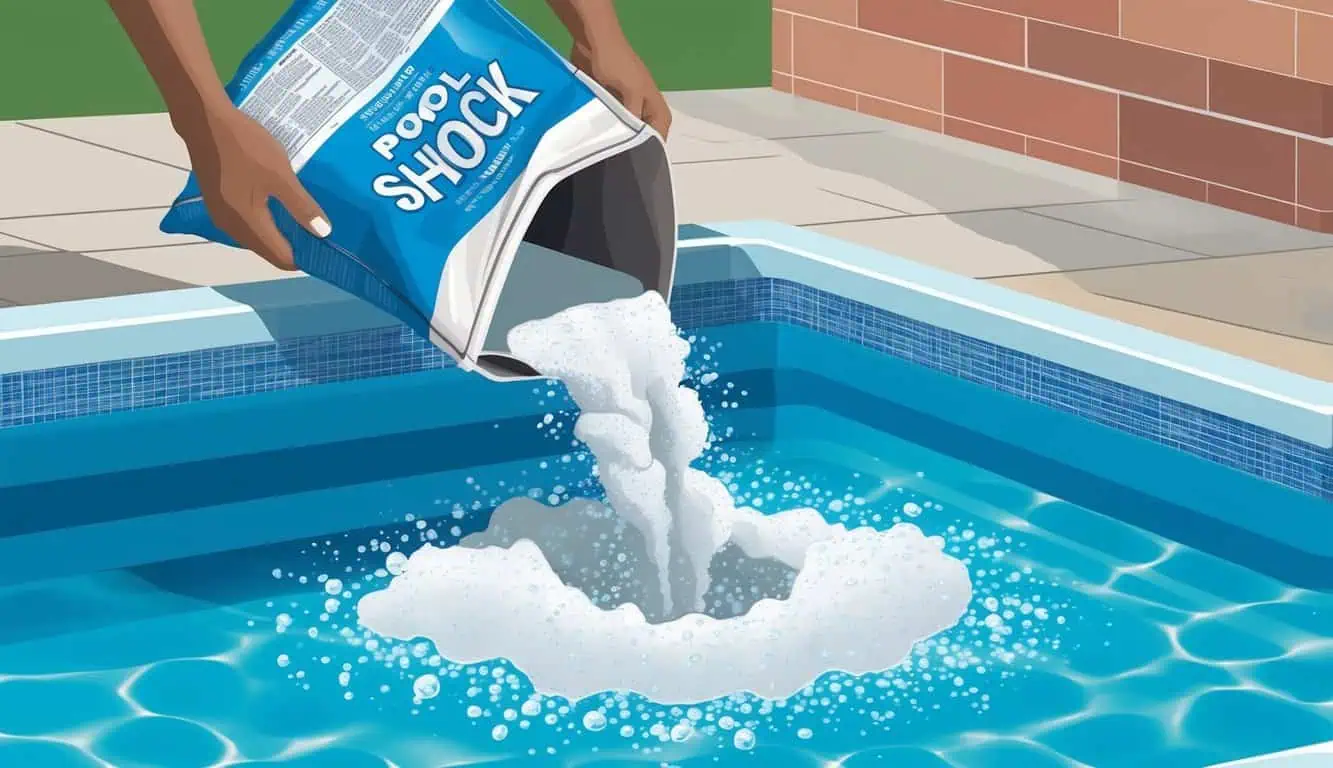
Shocking a pool is a straightforward process that helps keep your water clean and safe for swimming. Following these steps will ensure you get the best results when treating your pool water.
Step 1: Calculating the Amount of Shock Needed
First, determine how much shock you will need based on your pool size. The general rule is to use 1 pound of shock per 10,000 gallons of water for regular maintenance.
For a stronger treatment after heavy use or algae problems, you might need to double or triple this amount. Check your pool’s volume by using this simple formula:
Length × Width × Average Depth × 7.5 = Gallons (for rectangular pools)
Or you can use this handy calculator:
Pool Volume Calculator
Please enter your pool shape and dimensions:
If you’re unsure about your pool’s exact volume, it’s better to slightly underestimate than add too much shock at once.
You can use this calculator to find out how much chlorine to add:
Pool Chlorine Calculator
Always read the instructions on your specific shock product. Different brands may have varying strengths and recommended dosages.
Step 2: Dissolving and Adding the Shock
Never add shock directly to your pool water unless using liquid chlorine! This can damage your pool liner and cause uneven distribution.
Fill a clean 5-gallon bucket about 3/4 full with pool water. Slowly add the shock to the bucket while gently stirring with a clean plastic stirrer. This helps prevent clumping.
Wait until the shock is fully dissolved. The water should look cloudy but without visible granules at the bottom.
Walk around the perimeter of your pool and pour the solution evenly into different areas. This helps distribute the chemicals properly.
For very large pools, you might need to prepare multiple buckets rather than adding all shock to one bucket.
Step 3: Ensuring Proper Circulation
Turn on your pool pump before adding shock and keep it running for at least 8 hours afterward. This ensures the chemicals circulate throughout the entire pool.
For best results, shock your pool in the evening or at dusk. Sunlight can reduce the effectiveness of chlorine shock by up to 50%!
Check that your filter is clean and functioning properly before shocking. A clogged filter won't circulate water effectively.
Test your water before swimming to make sure chlorine levels have returned to normal swimming range (1-3 ppm). If levels are still high, wait longer before swimming.
Brush the pool walls and floor the next day to help remove any dead algae or contaminants that the shock treatment may have loosened up.
After Shocking: What's Next?
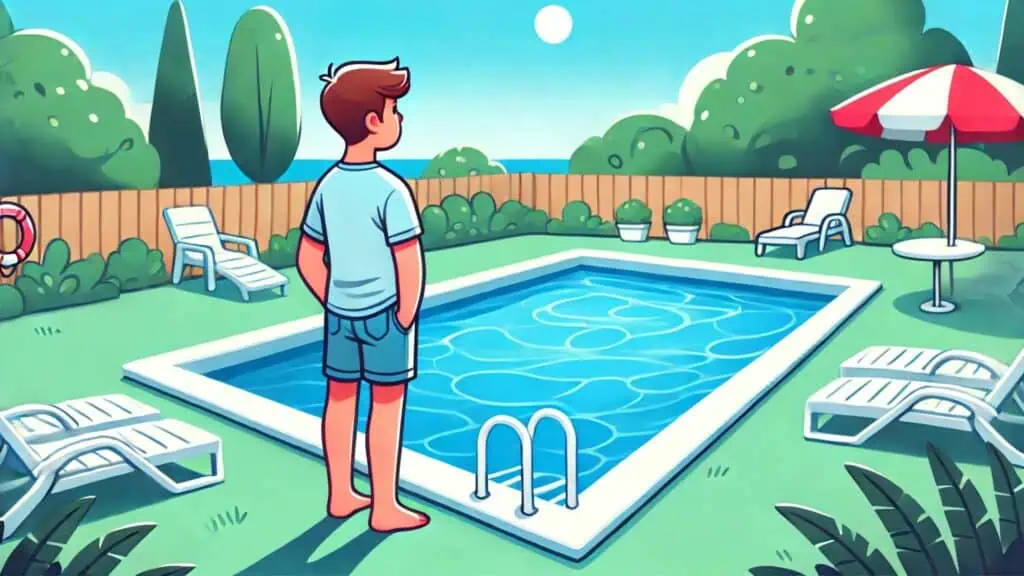
Once you've shocked your pool, your work isn't quite done. The next steps are crucial to ensure your pool water stays clean, clear, and safe for swimming.
Wait Time and Testing Post-Shock
After shocking the pool, patience is key! You'll need to wait at least 8-12 hours before swimming again. During this time, keep your pump running to help circulate the water and mix the chemicals evenly throughout the water.
Before you use the pool, test your chlorine levels. The ideal free chlorine level should be between 1-3 ppm (parts per million) before swimming is safe. You can easily check this with test strips or a digital tester.
If your pool water still looks cloudy after shocking, don't worry! Sometimes it takes up to 24 hours for the water to clear completely. If cloudiness persists after a full day, you might need to check your filtration system or water balance.
Maintaining the Pool Post-Treatment
Once your pool is back to normal, keep it that way with regular maintenance:
- Run your filter system at least 8-12 hours daily
- Brush pool walls and floor weekly to prevent algae buildup
- Skim debris from the surface daily
- Check pH levels regularly (aim for 7.2-7.6)
Your pool water should be crystal clear after shocking. If you notice your pool smelling strongly of chlorine, that's actually a sign you need more chlorine, not less! That smell comes from chloramines, which form when chlorine combines with contaminants.
Keep your pool covered when not in use to reduce debris and chemical evaporation.
You Need to Shock Regularly
Make shocking your pool a regular part of your maintenance routine:
| Usage | Frequency | Dosage |
|---|---|---|
| Regular Maintenance | Weekly | Standard dose |
| After Heavy Use | As needed | Double dose |
| Monthly Deep Clean | Monthly | Double dose |
| Algae Treatment | As needed | 2-3x standard dose |
Shocking your pool regularly prevents algae growth and keeps your water sparkling clean. For outdoor pools, shock more frequently during hot summer months when algae grows faster.
Most pool owners find that shocking their pool weekly keeps it in the best condition for everyday enjoyment.
Tips for Specific Pool Types
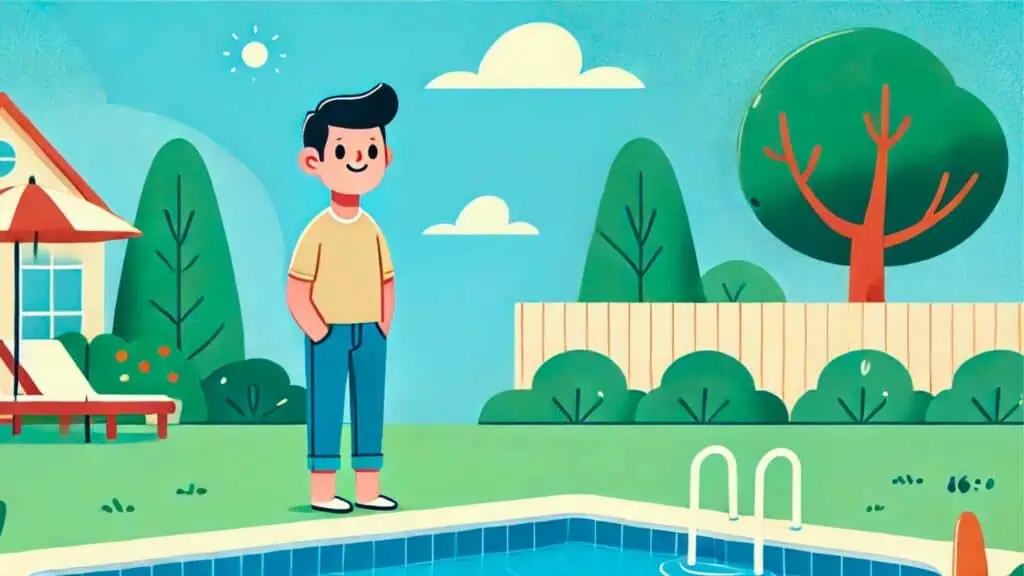
Different pools need special care when it comes to shocking. The right approach depends on your pool type and the specific issues you're dealing with.
Shocking an Above-Ground Pool
Above-ground pools need gentler care during shock treatment. These pools typically have vinyl liners that can be damaged by high chlorine concentrations.
Always pre-dissolve your shock in a bucket of water before adding it to an above-ground pool. This prevents the chemicals from settling on the bottom and bleaching your liner.
Run your filter for at least 8 hours after shocking. Above-ground pools usually have smaller filtration systems, so they need more time to properly circulate the chemicals.
Consider shocking at dusk to prevent the sun from burning off the chlorine too quickly. This is especially important since above-ground pools tend to warm up faster than in-ground pools.
Shocking a Saltwater Pool
Saltwater pools need special considerations when shocking. Even though these pools generate their own chlorine, they still need occasional shock treatments.
Use a non-chlorine shock option when possible. This works well with your salt system and won't overload it with extra chlorine. If you must use chlorine shock, choose a product compatible with saltwater systems.
Turn off your salt chlorinator during the shock process. This prevents your system from adding extra chlorine while the shock is working.
Test your salt levels after shocking. Some shock treatments can affect the salinity of your water, requiring you to add more salt to maintain proper levels.
Dealing with Algae Growth and Common Pool Issues
With stubborn pool algae you need to shock more aggressively. For green algae, double the normal shock dose. For black or mustard algae, you might need triple the amount. For green algae, double the normal shock dose. For black or mustard algae, you might need triple the amount.
Pre-treatment steps:
- Brush all pool surfaces thoroughly before shocking
- Clean your filter or backwash if necessary
- Remove large debris with a net
Maintain proper water circulation during treatment. Algae loves stagnant water, so keep your pump running continuously for 24-48 hours after shocking.
Test your water chemistry after shocking is complete. Adjust your pH and alkalinity as needed, since shocking can throw these levels off balance.
Frequently Asked Questions
Pool shocking can bring up many questions for pool owners. These common questions cover everything from fixing green pools to choosing the right products for effective shock treatments.
Is it better to brush my pool before shocking it, or should I do it afterward for the best results?
It's best to brush your pool before shocking it. Brushing loosens algae and debris from surfaces, allowing the shock treatment to work more effectively.
Should you brush pool before shocking?
If you have algae on the walls and steps of your pool you would be well advised to brush it off before you shock as the treatment will work better.
Is it safe to get in a shocked pool?
How poisonous is pool shock?
Pool shock can be very toxic as can chlorine gas so you should always take great care when using it and make absolutely sure that you store it safely, particularly if you have children.
Can you pour shock directly into pool?
No, you should not pour shock directly into the pool. Dissolve granular shock in a bucket of water first, then pour the solution around the perimeter of the pool. For liquid shock, pour it slowly around the edge of the pool while walking.
When Shocking a pool should the pump be on?
Yes, the pump should be on when shocking a pool. Run the pump for at least 8 hours after shocking to properly circulate the chemicals throughout the pool. This ensures even distribution and effective sanitization.
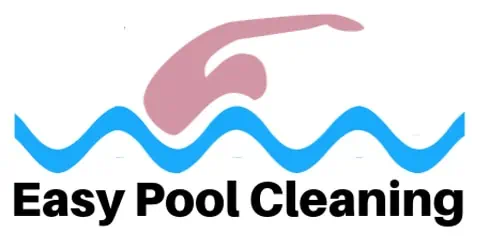
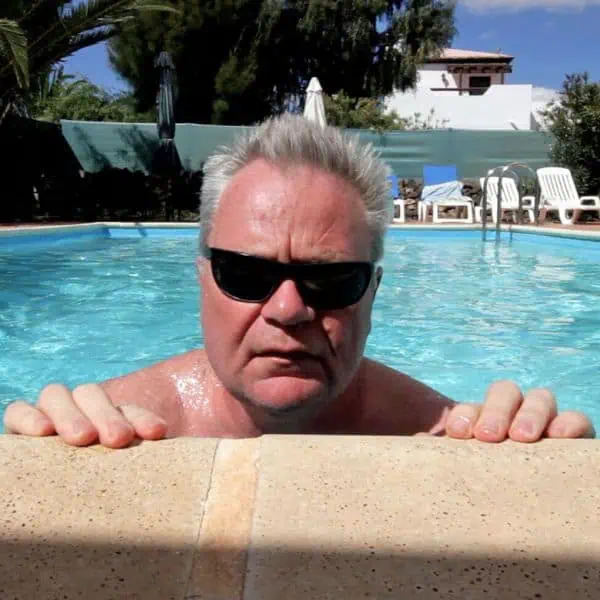

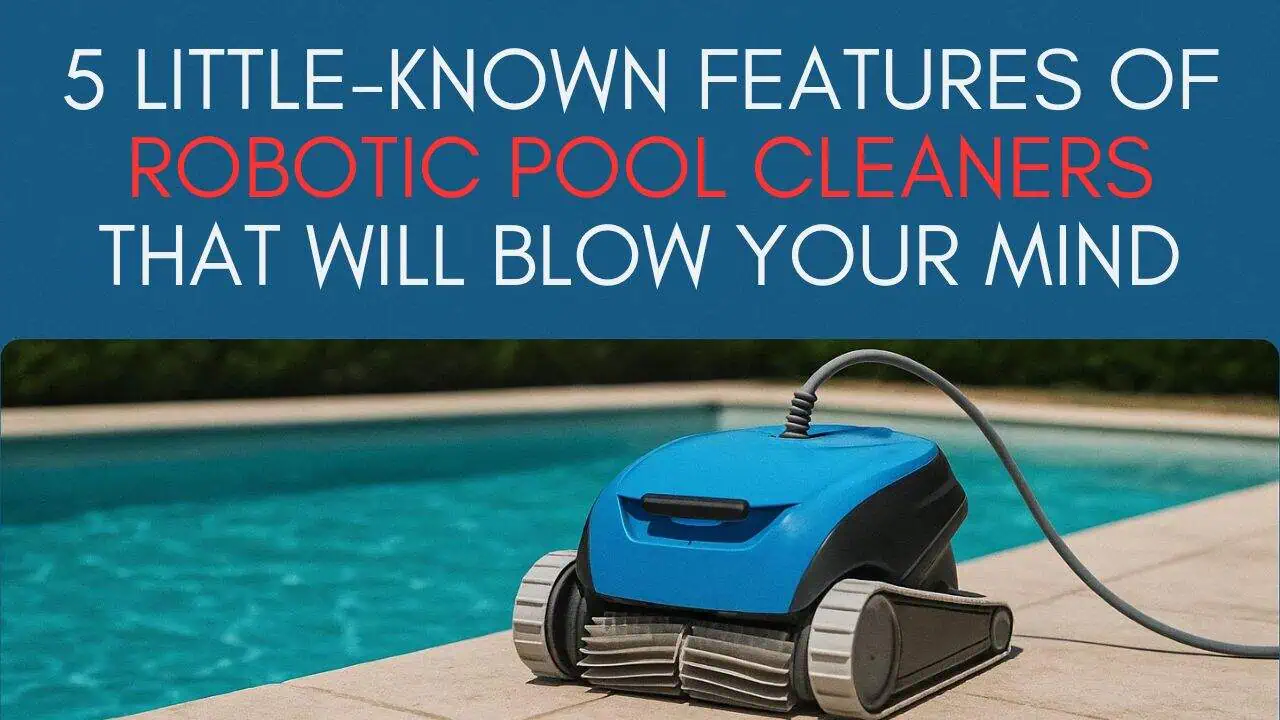
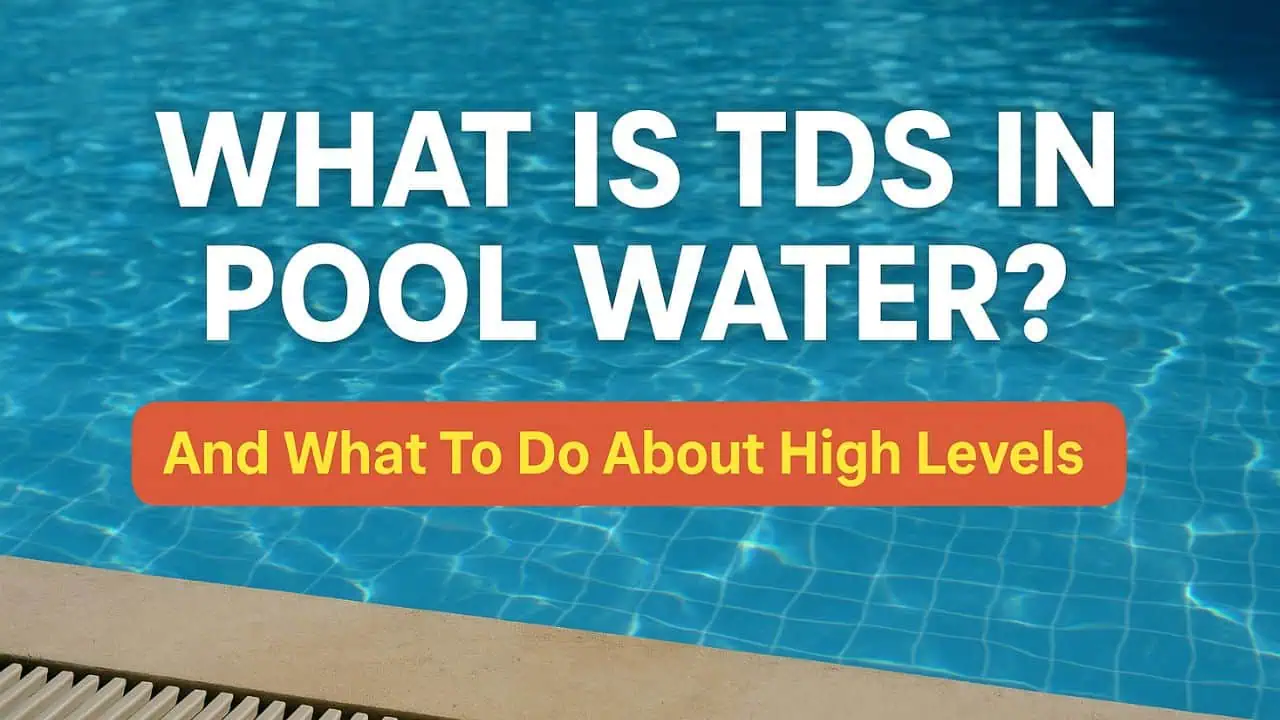
Leave a Reply